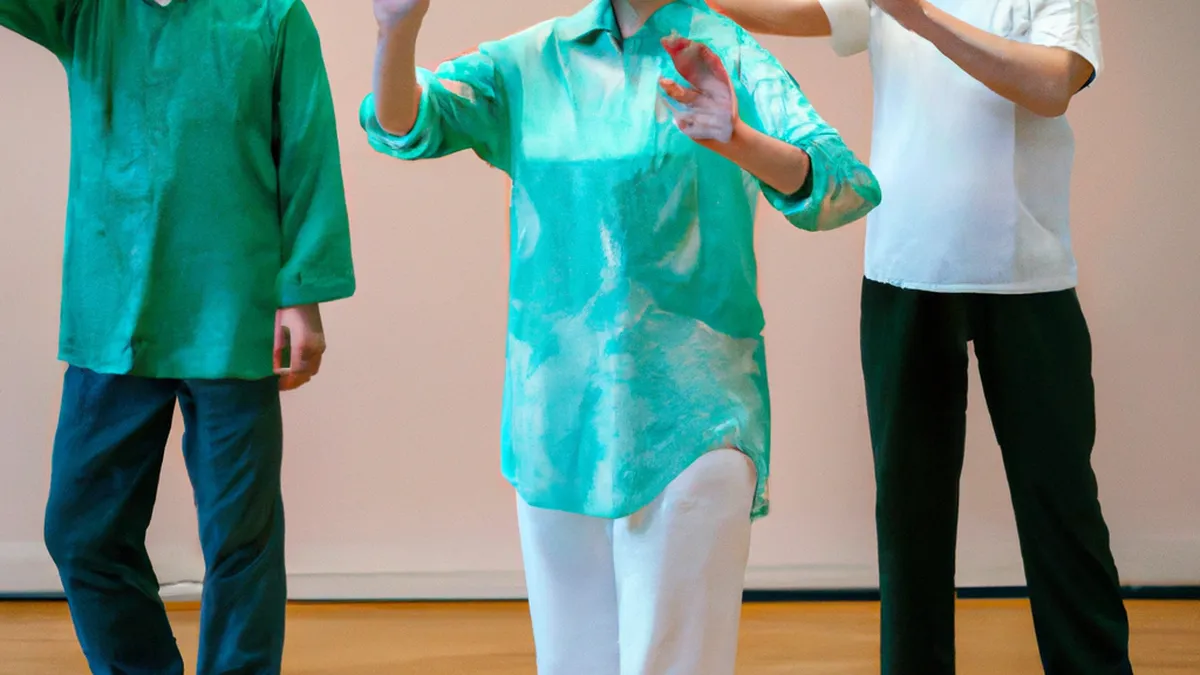Uniting Communities via Tai Chi Techniques
How Tai Chi Can Help Foster Balance in Community Resilience Efforts
Communities today face challenges like natural disasters, social unrest, and economic instability. Resilience—the ability to adapt and recover—has become essential. Tai Chi, an ancient practice, offers effective tools for enhancing community resilience. This holistic martial art promotes individual well-being and strengthens community bonds. This article explores how Tai Chi enhances community resilience and offers practical tips.
Understanding Tai Chi
Tai Chi, or Taijiquan, originated in ancient China. This internal martial art features slow, flowing movements and emphasizes mindfulness and breathing. Practitioners perform postures that promote relaxation and mental clarity. Tai Chi’s philosophy centers on balance, harmony, and the mind-body connection. This connection is vital in today’s fast-paced society, where stress impacts both individuals and communities.
The Mind-Body Connection
Tai Chi integrates physical movement with mental focus. Participants engage in rhythmic motions while being mindful of breath and surroundings. This practice improves physical health by enhancing balance, flexibility, and strength. It also fosters emotional awareness and mental clarity. As individuals connect with their bodies and emotions, they become more aware of their community’s needs, allowing for better responses to challenges.
Group Dynamics
Tai Chi’s social dimension stands out in group practice. Participants share a space and journey, creating deeper connections. These interactions break down barriers, cultivate trust, and encourage collaboration. Community members find it easier to work together in times of need.
Tips for Implementing Tai Chi in Community Resilience
To harness Tai Chi for community resilience, consider these actionable steps:
1. **Organize Group Classes**
Offer free or low-cost Tai Chi classes in accessible locations like parks and community centers. Open classes encourage participation from diverse groups. Ensure trained instructors lead sessions to provide guidance.
2. **Incorporate Tai Chi into Community Events**
Add Tai Chi demonstrations or workshops to community festivals and health fairs. This exposure showcases Tai Chi’s benefits and attracts new participants.
3. **Collaborate with Local Organizations**
Partner with local health organizations, schools, or community groups to promote Tai Chi.
Conclusion
Tai Chi enhances community resilience by fostering well-being, connection, and collaboration. Implementing these practices can strengthen communities facing challenges.
Below are related products based on this post:
FAQ
What is Tai Chi and how does it contribute to community resilience?
Tai Chi, or Taijiquan, is an ancient Chinese martial art that involves slow, flowing movements, promoting mindfulness and breathing. It contributes to community resilience by enhancing individual well-being, fostering connections among community members, and encouraging collaboration during challenging times.
How can communities implement Tai Chi practices effectively?
Communities can implement Tai Chi practices by organizing free or low-cost group classes in accessible locations, incorporating Tai Chi into community events like festivals and health fairs, and collaborating with local organizations to promote these classes and their benefits.
What are the benefits of practicing Tai Chi in a group setting?
Practicing Tai Chi in a group setting helps build deeper connections among participants, breaks down social barriers, cultivates trust, and encourages collaboration. These interactions are valuable for fostering a sense of community, especially in times of need.















Post Comment